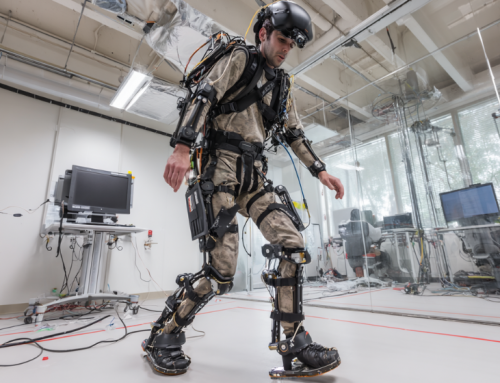Printed Corneas Offer Hope to Millions without Eyesight
Newcastle University in England developed a method of printing corneas using human stem cells, making it possible to restore eyesight to people who have damaged corneas, according to a story in Engadget.
The “bio ink” is made of corneal stem cells mixed with collagen and alginate, which can set in 10 minutes. The printing process takes about six minutes. The process is experimental, but millions of people who are on waiting lists for donor transplants may benefit in the future from the breakthrough.
The Financial Times, based in London, reported that the worldwide shortage of corneas could be solved with the technology, bringing sight to more than 5 million people who suffer blindness from disease such as trachoma or by accidents. The article quotes Che Connon, professor of Tissue Engineering at Newcastle University, who led the work, saying that the printed corneas can be customized for a patient’s eye. The lack of corneas is due in part to laser eye surgery, which has reduced the number of donor corneas available, since laser they are unusable.
While labs have printed human tissue in the past, they’ve all been flat, according to Connon. He said the unique combination of flexible materials made it possible to have a 3D print curved like a cornea.
Researchers scanned patients’ eyes for dimensions and coordinates to print custom corneas. Patients may need to wait “several years” before the 3D-printed corneas are available, according to the researchers, but they now have hope of another option.








Leave A Comment